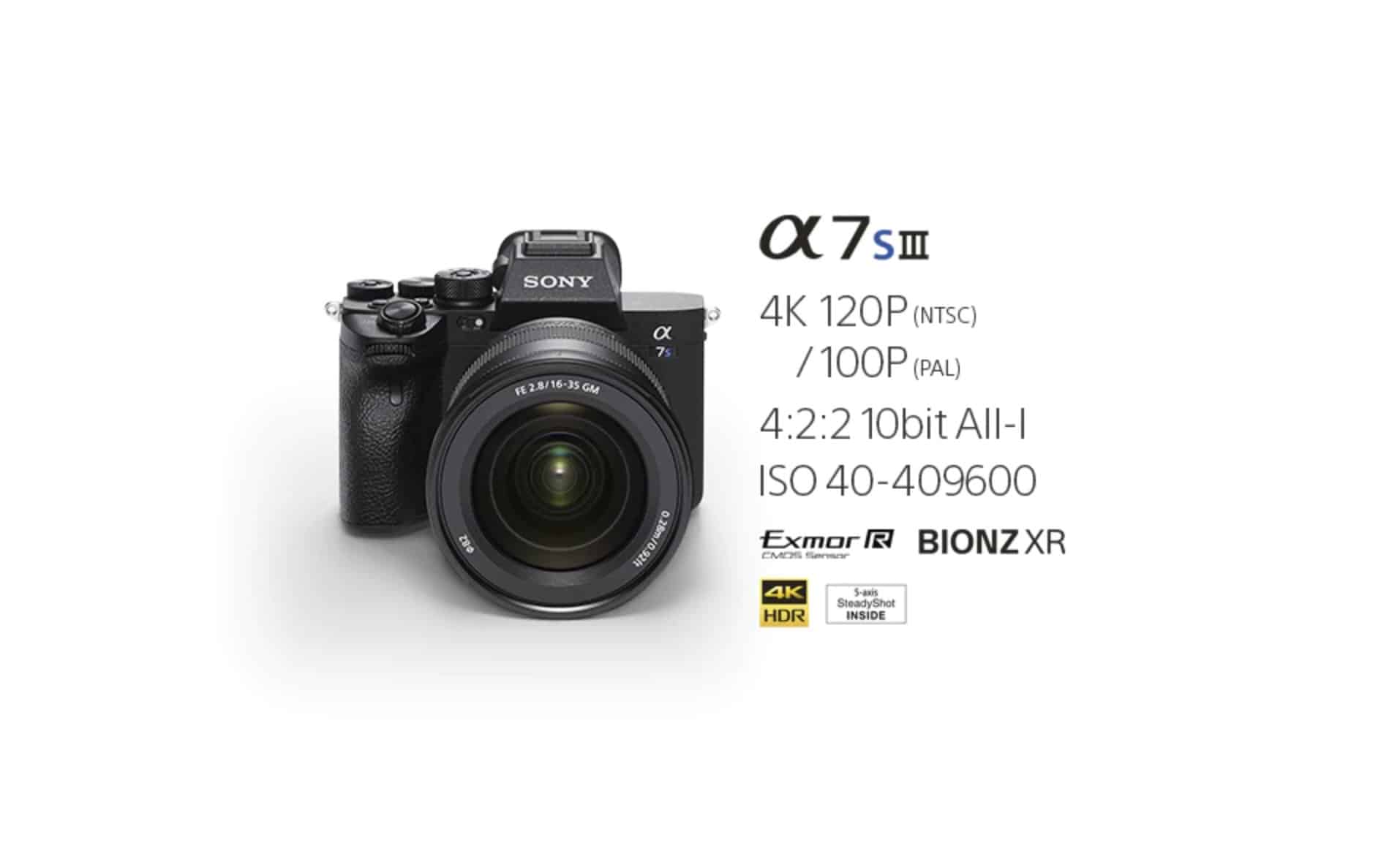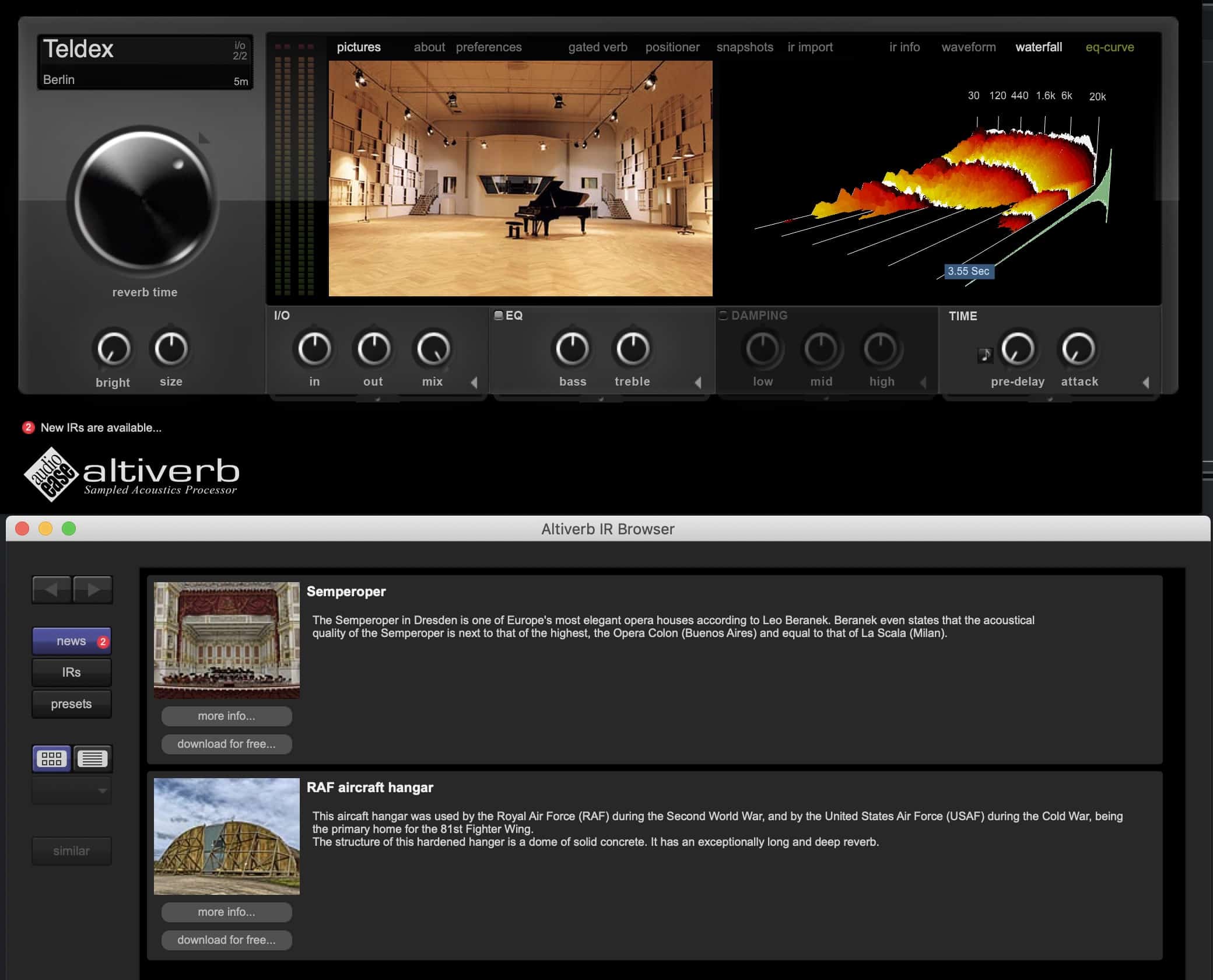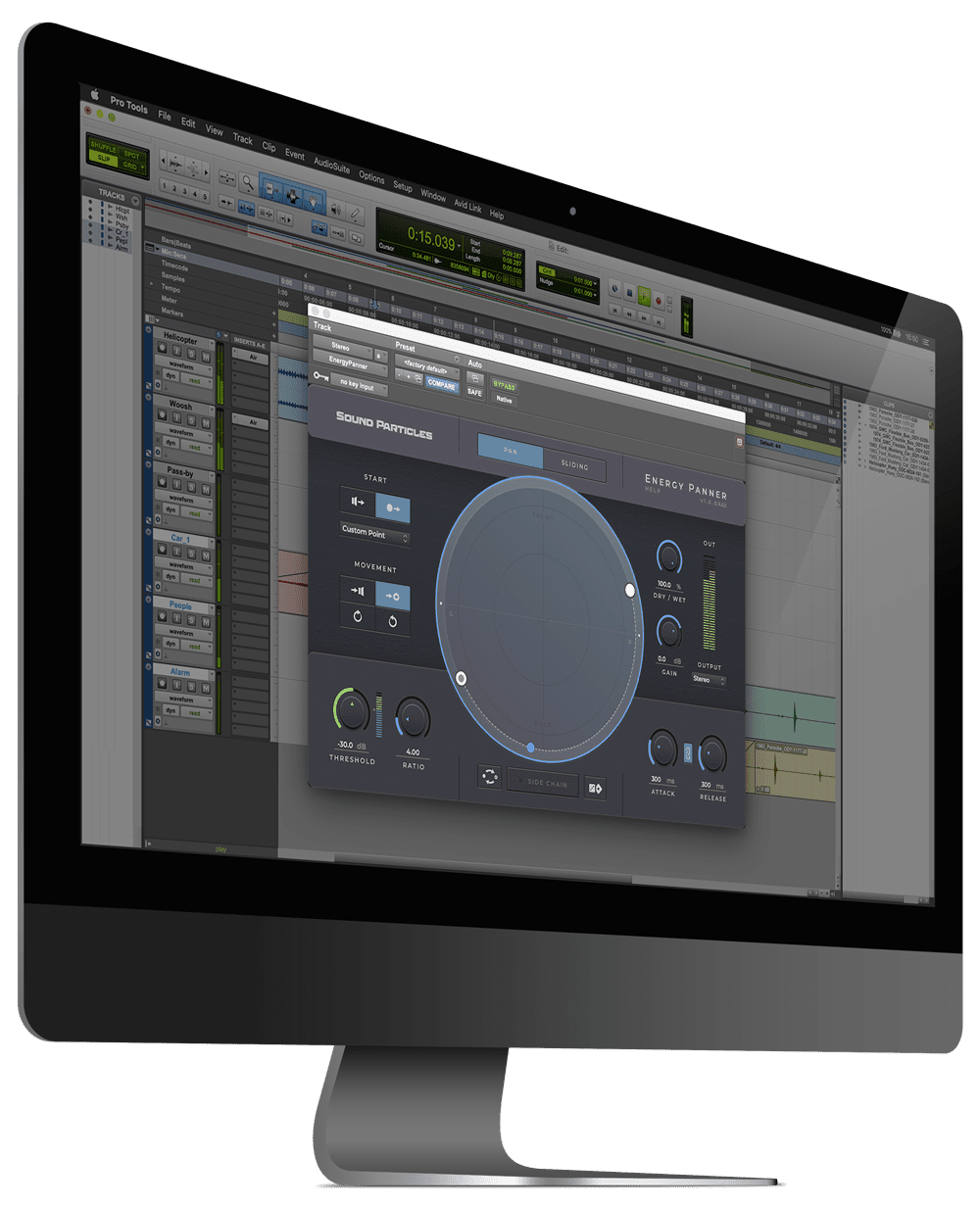BOOM Library Released 3D Surround: Urban Europe
Enhance your productions with characteristic, intimate and authentic European city ambiences, delivered in the highest quality in stereo and 3D Surround.
BOOM Library recorded cities and towns in over 10 European countries to capture their unique character. Enjoy Europe with its rich variety of sound palettes throughout all different countries from city to city. This collection is an essential addition to BOOM Library’s URBAN USA 3D Surround library.
The recorded locations vary from streets and restaurants over squares, harbors, markets, commercial areas, parks, and busy shopping areas to industrial zones and construction sites. This library can easily be used in stereo productions as well. Either choose the listening angle yourself or use the stereo version (included in 3D SURROUND).
Cities Captured by BOOM Library
BOOM Library went and captured sounds in Brussels, Milano, Mainz, Maastricht, London, Monaco, Frankfurt, Wiesbaden, Barcelona, Paris, Versailles, San Remo, and Canterbury.
WHAT IS 3D SURROUND?
3D Surround adds a height layer as a third dimension compared to regular surround. The sound not only reaches the listener’s ear from the side, but also from above. This results in a much better localisation of the sound source and a much more immersive listening experience which makes it the perfect surround type for VR, Auro 3D and Dolby Atmos applications. Traditional surround formats also benefit from a much better localisation of the sounds.
Pricing and Availability
20% RELEASE DISCOUNT UNTIL AUGUST 11th, 2020! Order URBAN EUROPE 3D Surround today, get more than 81 GB of professional 3D sound FX and save 20% – The offer is valid until August 11th 2020.










